Josefina Báez: Dominican-York Icon, Whose Archive Is Now Housed at Columbia University
This Black History Month, learn about Josefina Báez, an innovative Afro-Latina artist known first for her groundbreaking work Dominicanish.
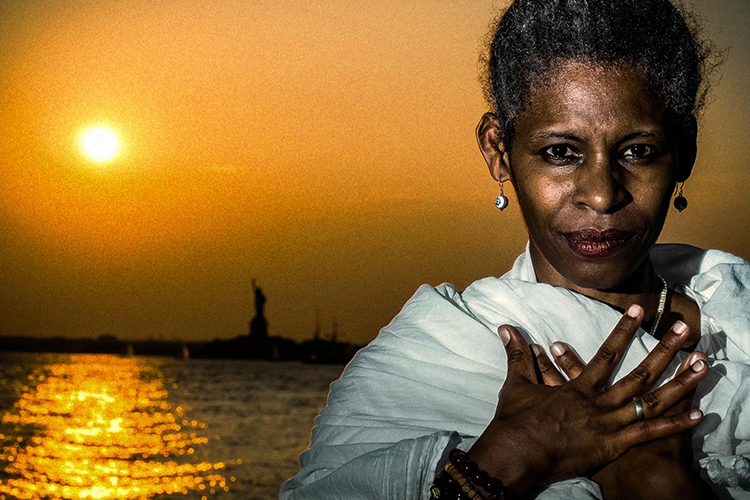
Even after only spending a few moments probing the recently unveiled tenth acquisition of the Latino Arts and Activisms Collections at Columbia University, it becomes clear that "multi-hyphenate" is too small a word to use to describe the Dominican-York icon that is Josefina Báez.
Poet. Storyteller. Dancer. Dramatist. Writer. Teacher. Director. Performance Artist. These words only begin to scratch the surface of Báez's repertoire.
"Creative alchemist," is perhaps the most fitting way to describe Báez, who immigrated to New York from the Dominican Republic, and has spent her artistic life transforming the concepts of inner and outer identities of migrants into public explorations of language, culture, and community.
Throughout her career, Upper Manhattan has been a key part of Báez's work, including performances, workshops, classes, as well as readings held in neighborhoods like Harlem, Washington Heights, and Inwood.
This Black History Month, we're taking a deeper dive into this trailblazing Afro-Latina's life, accomplishments, and what can be found in her collection, housed in Columbia's Rare Book & Manuscript Library. Information on how to set up an appointment to view the collection can be found here.
“The inclusion of the Josefina Báez archive is a watershed moment for the Latino Arts and Activisms (LAAS) collection,” said Frances Negrón-Muntaner, founding curator of LAAS and Julian Clarence Levi Professor in the Humanities at Columbia University. "It is impossible to tell the story of twentieth and twenty-first-century Latinos in New York, global Black thought, and performance history without Báez, an innovator in method, form, and language. Her archive is also our tenth collection, and the first of an Afro-Latina and Dominican artist at Columbia's Rare Book & Manuscript Library. The Báez collection signals the growth of the archive, its increasing diversity, and rising importance to researchers, students, artists, and community members."
Here are five important things you should know about Báez, compiled with the help of Jhensen Ortiz, archival advisor to Báez, who knows the collection inside and out:
1. Báez devised the creative method called "Performance Autology."
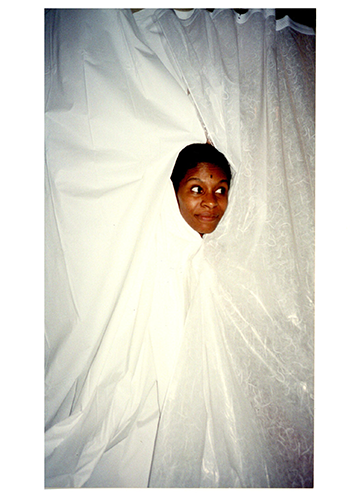
Performance Autology is a unique approach of art-as-research that includes gathering personal narratives of participants across their lifespan and physical training to help the doer experience "organicity, alertness, wellbeing, and 'radical joy.'"
As the creator of the practice, the library collection contains extensive ephemera such as flyers, schedules, videos, and itineraries for such training. Also in the collection? Original and rare footage of the first retreats in New Zealand, India, and Chile documenting the principles and creative exercises for individual participants and the collective.
2. Her Dominican, immigrant identity is central to her artwork.
Báez immigrated to the United States as a young person, and her experience with migration is a primary theme and driving force behind her performances and performance texts.
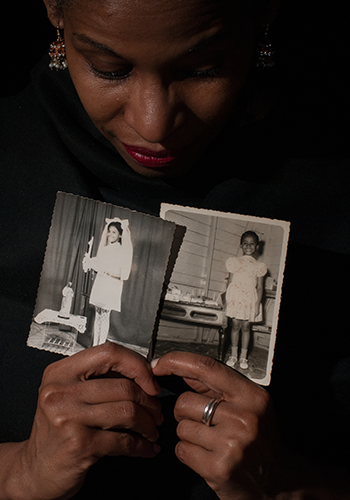
Whether storytelling, dance, theater, or poetry, Báez finds a way to explore and examine the experiences of Dominicans living in a global setting. She frequently extends the conventional boundaries of Latinx American Theater, combining intersecting identities, including U.S., Black Caribbean, and Latin American.
An example of this is how Báez reimagined the concept of "El Ní É," a Dominican slang word, which traditionally means "taint, "neither," "neither here nor there," and "blurred border." Báez expanded the meaning to try to more fully capture the nurturing experience of home for those who have been displaced, migrated, or otherwise excluded. She has found a way to incorporate the concept of in-betweenness across migrant groups by proposing said groups to recover, preserve, continue, and create new traditions.
3. Three major works of Báez's you should know.
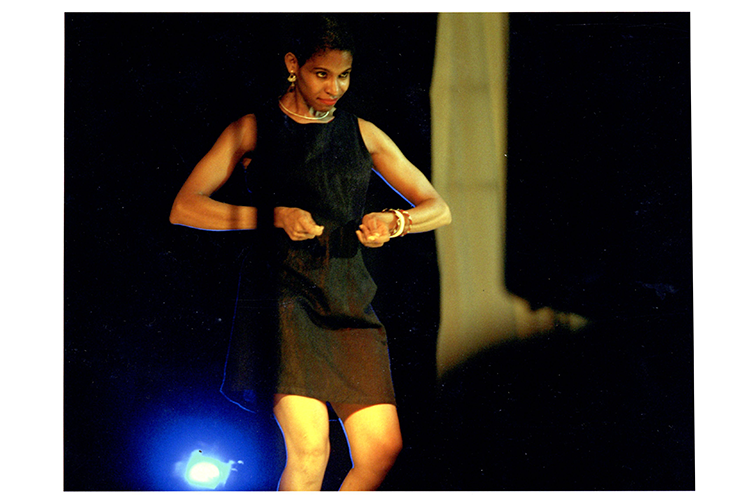
Báez is a consistent creator, and here are three major works of hers you should know, all of which have significant connections to her collection at the Rare Book and Manuscript Library. Overarchingly, her works provided vivid description of the concepts of inner and outer identities, especially within the experiences of migrants.
- Dominicanish (2000) is a groundbreaking exploration of Dominican immigrant life in the urban United States, delving into the complexities of the Dominican-York identity through a non-linear language, tapping into unofficial stories, and undocumented history. The archive preserves two art portfolio cases that served as massive scrapbooks documenting press coverage and the development of the performance, including photographs, flyers, posters, and ticket stubs.
- Comrade, Bliss Ain't Playing (2008) is a performance poem on a grand scale, exploring the inner layers of a woman's journey, from sound to silence and the many contradictions and certainties along that path. The archive preserves drafts and galley proofs of Comrade, Bliss Ain't Playing, a collection of promotional materials consisting of lithographs, photographs, and flyers. It also includes book copies of translations made by friends of Báez into Russian, Swedish, Italish, Spanish, Hindi, and Portuguese.
- Levente no. Yolayorkdominicanyork (2011) is a performance text that blends "Spanglish"/"Dominicanish" looping into the experiences of female migrants who find themselves between the Dominican Republic and New York. The collection contains drafts and notes of Levente no., papers and notes documenting the research process for the text, contact sheets, and other proofs for the performance "When LOL is not enough," photographs, and edited and corrected samples of book covers.
Báez's collection at Columbia includes local, national, and international never-before-seen rehearsal footage as well as official performance recordings of Dominicanish, Levente No. Yolayorkdomincanyork, Apariciones (Apparitions), and unedited short performances on-stage and off.
4. Established in 1986, Báez founded Ay Ombe Theatre.
Ay Ombe Theatre has emphasized hyper-personal stories of participating artists for 30+ years. This work can be understood through published works such as De Levente: 4 Textos para teatro performance (From Levente: 4 Texts for Performance Theater), which includes theatrical works from Levente No. Yolayorkdominicanyork. Latin In is an anthology that also includes contributions by performers from Chile and the Dominican Republic.
Báez's archive at Columbia features unique and rare photographs of her many trips and tours throughout Asia, Europe, and Latin America as part of Ay Ombe Theatre. It also includes her photography, one of her many sources in the research process documenting local, quotidian, and special events such as the annual Dominican Day Parade in Manhattan, as well as activities organized and hosted by Ay Ombe Theatre, her students, and close collaborators through the years.
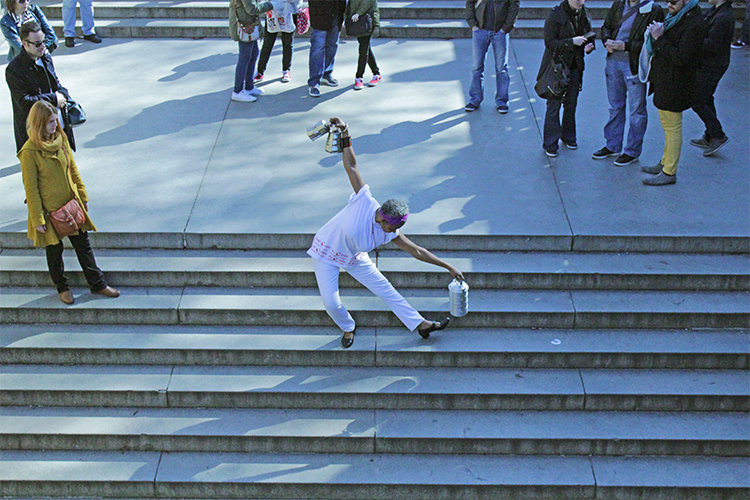
5. Báez is also a children's book author!
One of the most surprising parts of Báez's collection is the inclusion of the complete visual creative process that led to her first and only children's book "Why is my name Marysol?" The book was published in 2013, following the wanderings of a curious girl from La Romana, Dominican Republic (where Báez was born) as she embarks on a journey of self-discovery. The collection includes two decades worth of unseen artwork and drafts, including early illustrations and sketches from throughout the process.
Information on how to set up an appointment at RBML to view the collection can be found here.